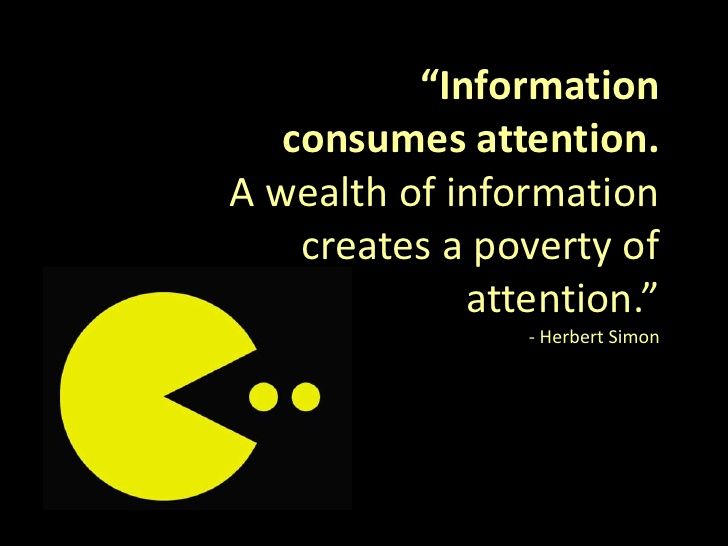
In Scarcity Thinking in Marketing, I’d written about how, in an era of ‘infinite’ consumption choices, attention is arguably the most precious commodity for a brand. Also, as Faris pointed out in his excellent post, it is a zero sum game, and we’re approaching “peak attention”. We’re also well on our way to manipulating (read fracking) it. State of the art marketing technology (say, programmatic) can sift through a consumer’s data from multiple sources, and use interest, intent and a bunch of other contexts to deliver an ad at the precise point when he/she can act favourably.
Very few brands, however, are close to this level though. Having the data is in itself a huge step, converting that to actionable insights is even huger! Data can be true, but not necessarily accurate. (read) Also, arguably marketing tech is still a wild west with snake oil salesmen. But more importantly, even if we assume that all the brands will finally get there, it then becomes a ‘square one’ driven by who can pay the most. In that respect, I do not see this as a sustainable advantage. Arguably again, at that point in time, new tech might come up with a potential of first mover advantage, but the way I’ve seen the digital marketing narrative evolve, it is probably an optimisation play than anything else. e.g. In the early days of Facebook marketing, much was made about storytelling and organic Likes, but look where we are now! Similarly, something radically different like VR is now being talked of as paradigm shifting storytelling opportunity, but until proven otherwise, I’ll be cynical.
Is there an alternate path to this arms race? In Marketing in the Post-Truth Era, the author refers to Kahnemann’s System 1 and System 2 approaches of the brain – System 1 being fast, automatic, and intuitive and System 2 being slower, and analytical. The context there is asking marketers to use their System 1 to make decisions, but I have a slightly different take. In terms of consumer decision making , attention scarcity and marketing based on catching the customer at the right point with the right messaging aligns perfectly to System 1. But I would argue that focusing on System 2 of the consumer’s brain might be more profitable in the long run, and my argument is that the way to doing it by building a brand with a world view.
What does that mean? To begin with, going beyond vision and mission statements and actually articulating a character in day to day interactions with the customer. Beyond CSR and posturing into backing intention with action. It also means not being “everything to everyone”, and being mindful of the choices it makes across the facets of business. And this worldview need not be consistent across time, after all the world and its citizens keep changing their views, but it does need to be cohesive and maintain an integrity of intent. Will it polarise users? Yes it will, and that is the point. Apple was a classic example until it wasn’t. I have seen Cleartrip executing this regularly. (examples 1, 2, 3) The endgame, if you can call it that, is to be the first port of call when the user has a consumption intent in the brand’s category. Not because of an ad that he/she saw, but because of a deeper attachment to what the brand stands for. Obviously I’m taking product, pricing and convenience as hygiene factors here. The first question I get asked when I discuss this is whether it will scale. And my reply is that maybe not, but scale, and the rate of growth are themselves conscious decisions!
The more I think of it though, it cannot be an either/or. But given that we’re already well into the era of algorithms navigating our life for us – literally in the form of self driving cars and metaphorically through the fake news we see on our feeds – it is difficult to visualise brands which would want to be distinct and do the hard work required for the System 2 approach. However, if you’re interested, David Carr gives you a good place to start.
Or maybe, in the medium term, the user will decide this for us by building his/her own consumer ‘stack’ and move from paying attention to being paid for attention. Hello, blockchain. (read)

2 thoughts on “Feels & Fields in brand building”